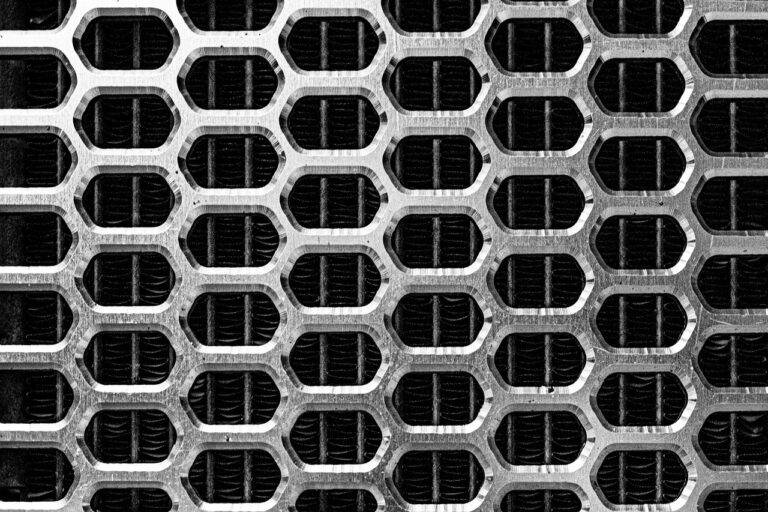A Journey Through the Arabian Desert: Exploring Bedouin Culture
The Bedouin nomadic lifestyle is deeply rooted in a tradition of wanderlust and self-sufficiency. For generations, Bedouin tribes have traversed vast deserts, adapting to the harsh terrains and extreme climates with resilience and resourcefulness. Their nomadic way of life is characterized by a constant search for water and grazing lands for their livestock.
The Bedouins traditionally live in portable tents made of goat hair, which can be easily assembled and disassembled as they move from one location to another. This transient lifestyle allows them to follow seasonal patterns and ensure their animals have access to fresh grazing grounds. Despite the challenges posed by modernization and urbanization, many Bedouin tribes continue to uphold their traditional practices, maintaining a strong connection to their cultural heritage and the land they have roamed for centuries.
Heading 2: Traditional Bedouin Clothing and Accessories
The traditional clothing of the Bedouin people is not only a reflection of their cultural heritage but also serves practical purposes in their nomadic lifestyle. Men typically wear a thobe, a long white robe that helps protect them from the harsh desert sun. It is loose-fitting to allow for ease of movement and to keep the body cool in the desert heat. Additionally, men wear a headscarf called a keffiyeh or shemagh, which provides protection from the blowing sand and can be used to cover the face during sandstorms.
Women’s traditional attire is equally functional and symbolic. They wear a long, flowing dress called a thobe, often adorned with intricate embroidery and colorful patterns. The dress helps protect the wearer from the sun and sand while allowing for ease of movement. Women also wear a headscarf called a hijab or tarha, which serves both cultural and religious purposes. These traditional garments are not just clothing but a symbol of the Bedouin’s connection to their history and way of life.
Heading 3: The Importance of Camels in Bedouin Culture
Camels hold significant importance in Bedouin culture, serving as valuable companions and essential means of transportation in the harsh desert terrain. These resilient creatures are highly revered and deeply integrated into the daily lives of Bedouin nomads, providing them with sustenance, shelter, and a mode of travel across vast distances.
In addition to their practical utility, camels also hold symbolic value in Bedouin society, representing strength, endurance, and adaptability. Bedouins form strong bonds with their camels, treating them with care and respect as esteemed members of their community. The camel’s ability to endure long journeys without water makes it a crucial asset for surviving in the arid desert environment, making it integral to the cultural identity and heritage of the Bedouin people.





